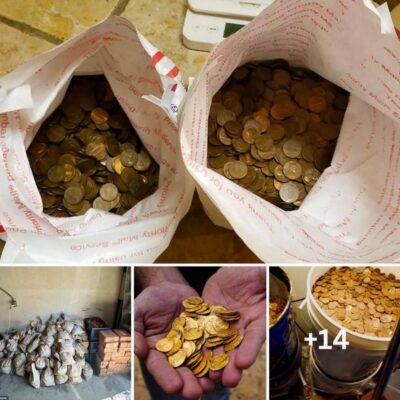To avoid being eaten, this creature rides eternal, shiny and chrome. Incubating inside this mirrored palace is Mechanitis polymnia, the orange-spotted tiger clearwing. And while it might seem that such flashy dwellings would leave this animal prone to predation, the opposite is true.
Butterfly pupae are easy targets: defenceless protein sausages that are too busy scrambling and rearranging their insides to fend off would-be predators. It forces them to conceal their identities in order to survive this dangerous life stage – and polymnia relies on light-bending to do the trick.
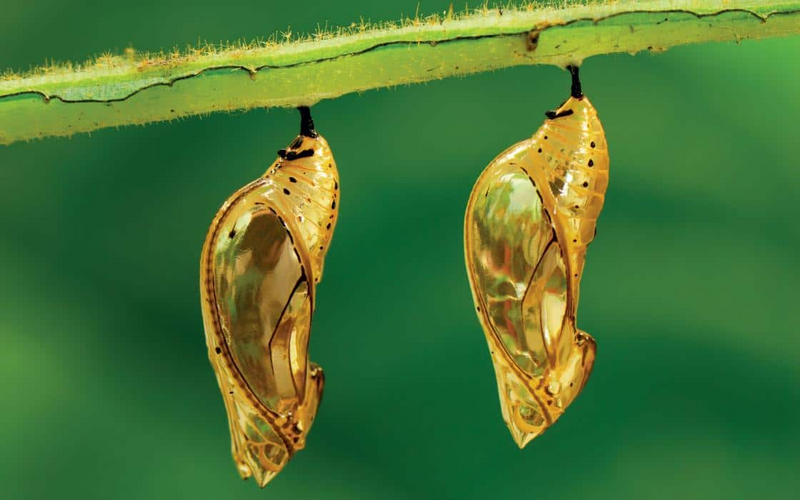
“They are actually very hard to see in nature, given the way all the colours are reflected,” explains Dr Keith Willmott, one of the world’s leading tropical butterfly experts.
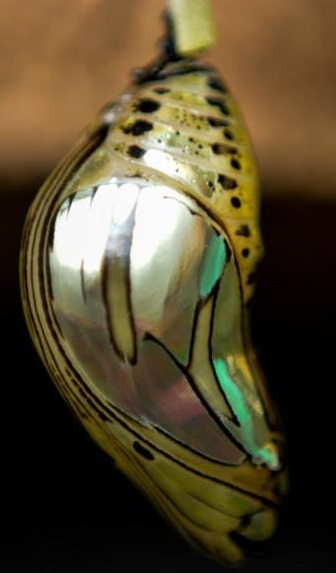
The tactic works a charm, and is actually shared by species in several other groups, like milkweed butterflies (genus Danaidae) and those in the genus Tithorea.
Contrary to some comments online, these structures don’t contain metal particles; they’re made of chitin, the same substance that gives insects like jewel beetles their shine and turns the sea mouse into a rainbow-coloured, fibre-optic lamp.
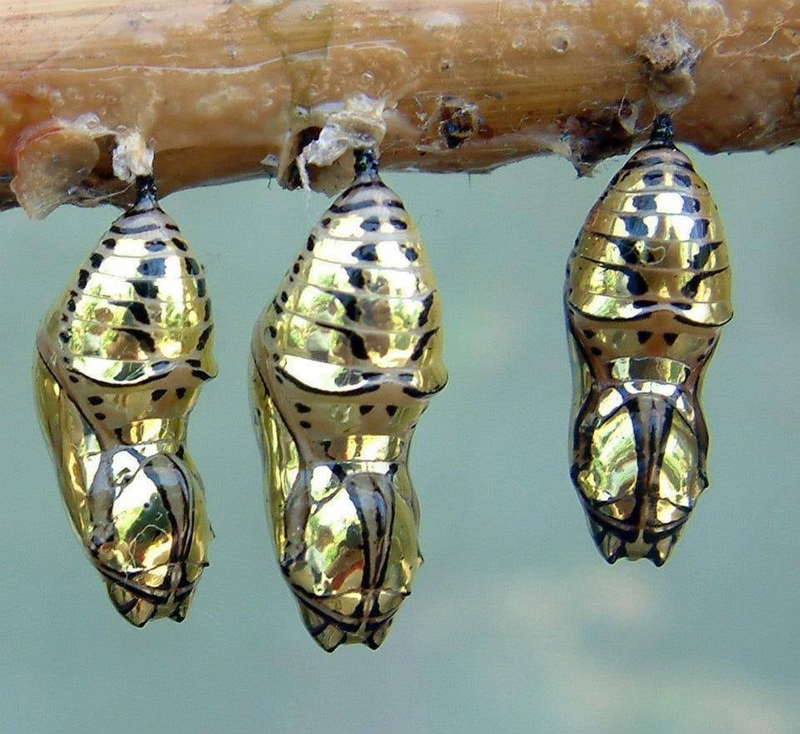
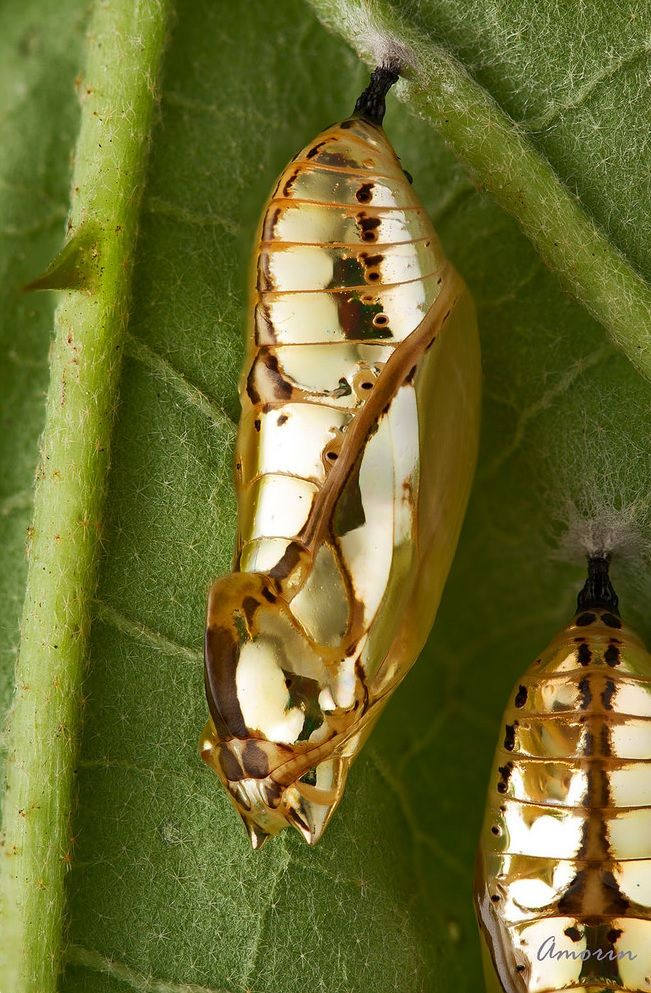
But that’s not the only fallacy about these animals floating around the web. A quick Google search will tell you that the empty chrysalises were once used as currency. It’s tempting to conjure up the scenario: baskets filled to the brim with sparkling caterpillar cases and ancient peoples combing the undergrowth for the rainforest’s doubloons. We humans certainly love our shiny things, but after speaking with half a dozen butterfly specialists, it looks like there’s no truth to this historical nugget.
For starters, empty (or “dead”) pupae are extremely fragile, so the idea that they would hold up long enough for currency exchange is farfetched. And there’s another problem, too.
“The butterflies are only in the pupal stage for around a week, depending on the species,” explains Dr Ryan Hill, who reared Mechanitis butterflies for his research in Ecuador. “Afterward, they lose the metallic colour.”






